Astronomical observatories were built and designed to map celestial events throughout the year. Ancient man discovered that celestial events follow cycles and needed a way to track them. Approximately 5,000 years ago early man devised a way to place stones in a certain positions to align for events like the seasons, lunar phases, solar phases and so on. As mankind has always been fascinated by the heavens, their mythologies reflecting many of these monuments connected to the Gods and Goddesses their civilization worshipped.
In examining the observations of such peoples, it is possible to gain a certain insight into the ways in which they constructed their own universes and therefore provide a more holistic understanding of the means and motivations of the culture as a whole.
The astronomical inquiry of the ancients must be looked upon as a mechanism of observation and prediction which closely tied them to their environments, depending upon their cultural, religious and mythological bases for validation in the process.
The erection of these monuments was a great task created by the astronomers, priests, and stone builders of each culture. This was a global phenomenon. These ancient people are presently referred to as the Megalithic Stone Builders erecting huge edifices around the planet, many of which were placed on sacred grid points, indwells and outwells of powerful energy. The remnants of their achievements can be found throughout the planet especially where the power grids intersect.
The ancient Megalithic Stone Builders used this knowledge to better calculate when the Earth energies would be at their peak. If the energy-ley lines that run down the major axis of their observatory or power site is oriented to the Summer Solstice Sunrise, then that would be the day that particular site will experience a peak of power. They used this opportunity to visit these places which became temples for meditation, a place to talk to their Gods, or to move through 'interdimensional doorways'.
In examining the observations of such peoples, it is possible to gain a certain insight into the ways in which they constructed their own universes and therefore provide a more holistic understanding of the means and motivations of the culture as a whole.
The astronomical inquiry of the ancients must be looked upon as a mechanism of observation and prediction which closely tied them to their environments, depending upon their cultural, religious and mythological bases for validation in the process.
The erection of these monuments was a great task created by the astronomers, priests, and stone builders of each culture. This was a global phenomenon. These ancient people are presently referred to as the Megalithic Stone Builders erecting huge edifices around the planet, many of which were placed on sacred grid points, indwells and outwells of powerful energy. The remnants of their achievements can be found throughout the planet especially where the power grids intersect.
The ancient Megalithic Stone Builders used this knowledge to better calculate when the Earth energies would be at their peak. If the energy-ley lines that run down the major axis of their observatory or power site is oriented to the Summer Solstice Sunrise, then that would be the day that particular site will experience a peak of power. They used this opportunity to visit these places which became temples for meditation, a place to talk to their Gods, or to move through 'interdimensional doorways'.

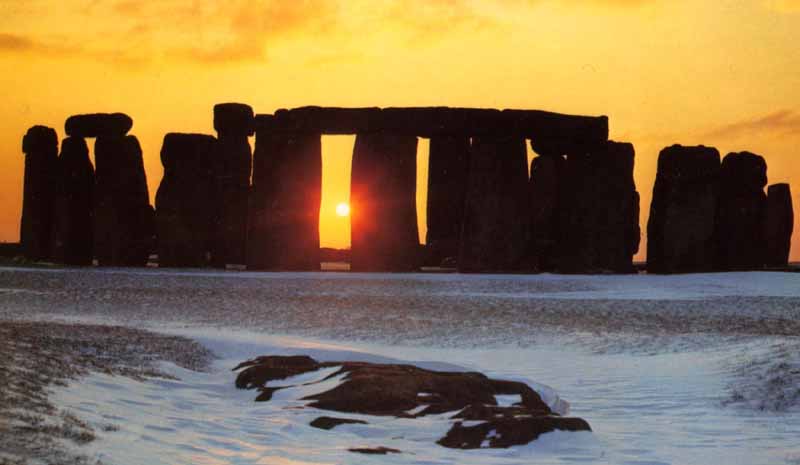
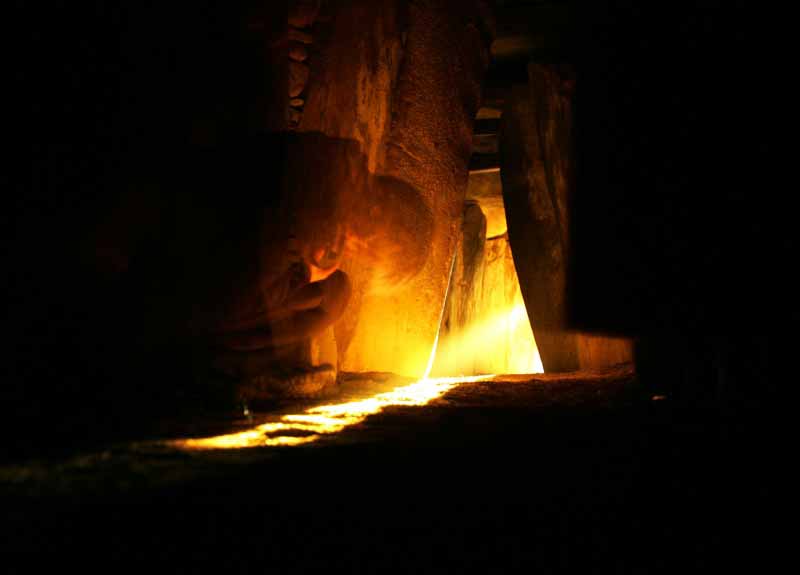
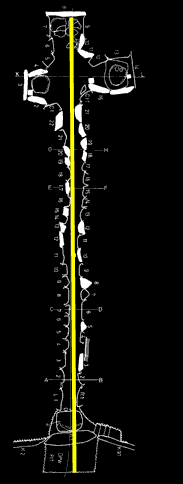



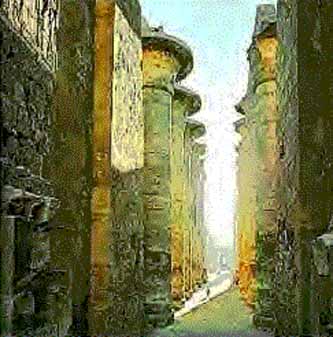


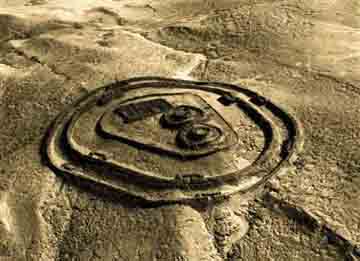
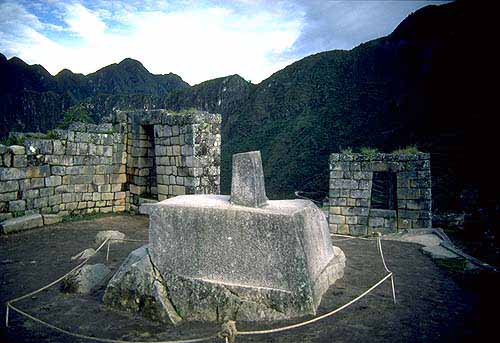
تعليق